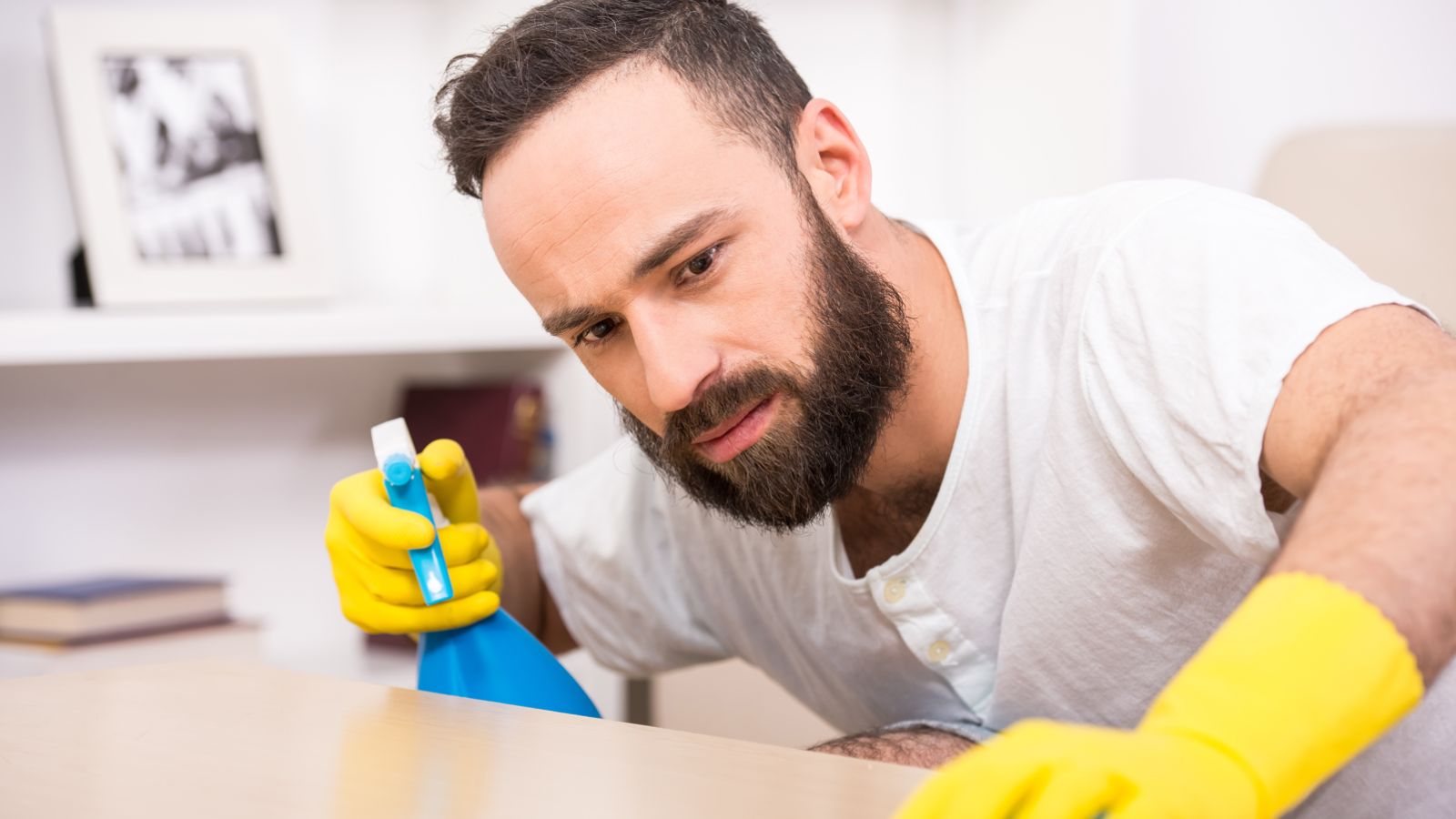Many products we use in our homes, as well as activities we participate in, could seriously contaminate the air we breathe, putting our health at risk. Today, we’re providing you with the top known causes of indoor air pollution and how you contribute to them.
Mold and Mildew
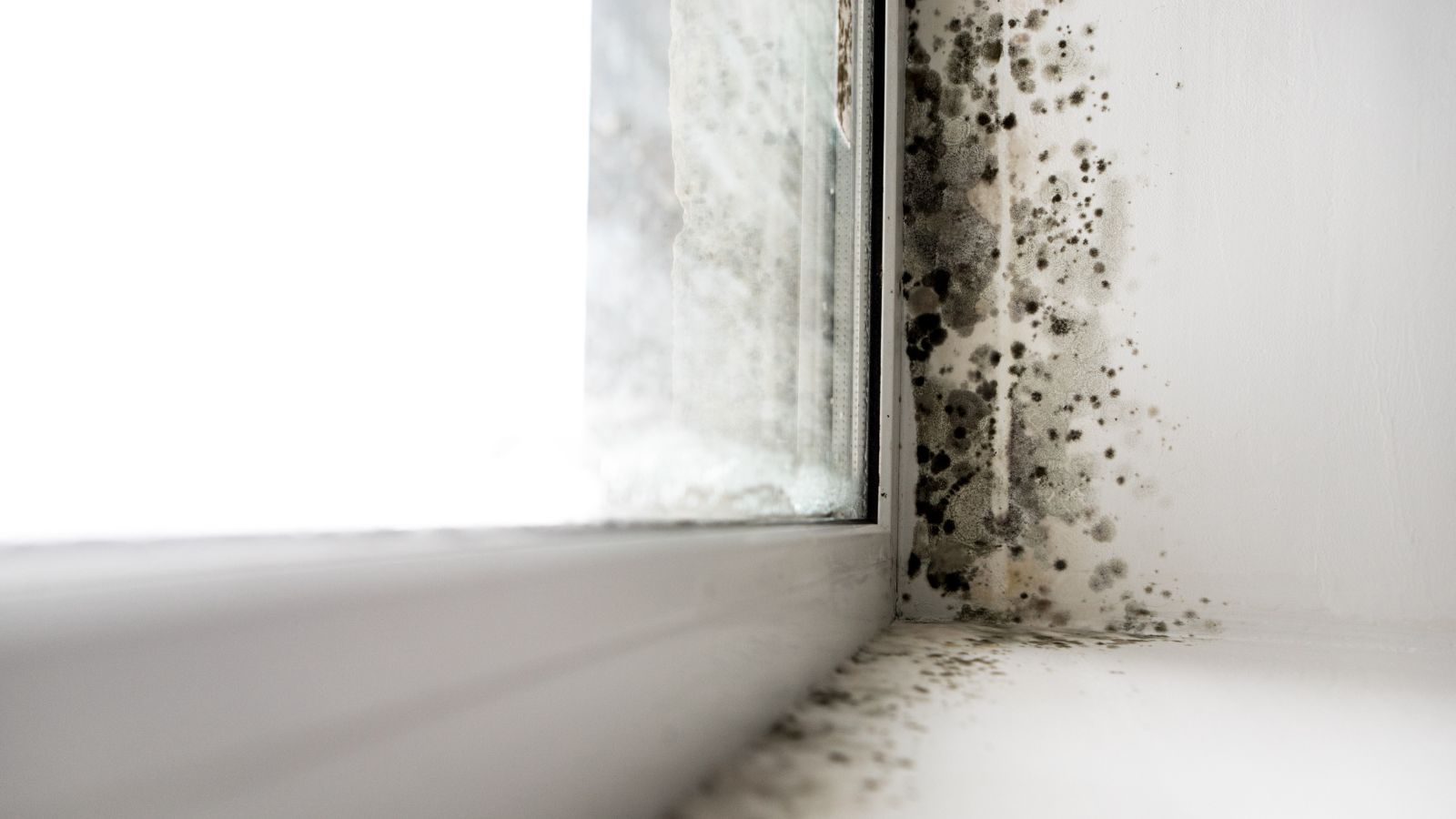
Mold and mildew thrive in damp, humid areas in your home, such as the bathroom and basement. They produce mycotoxins, which affect the muscles. Whether it’s the mold itself or the spores it releases into the air, this fungus is also known to cause respiratory issues and allergic reactions.
Pesticides
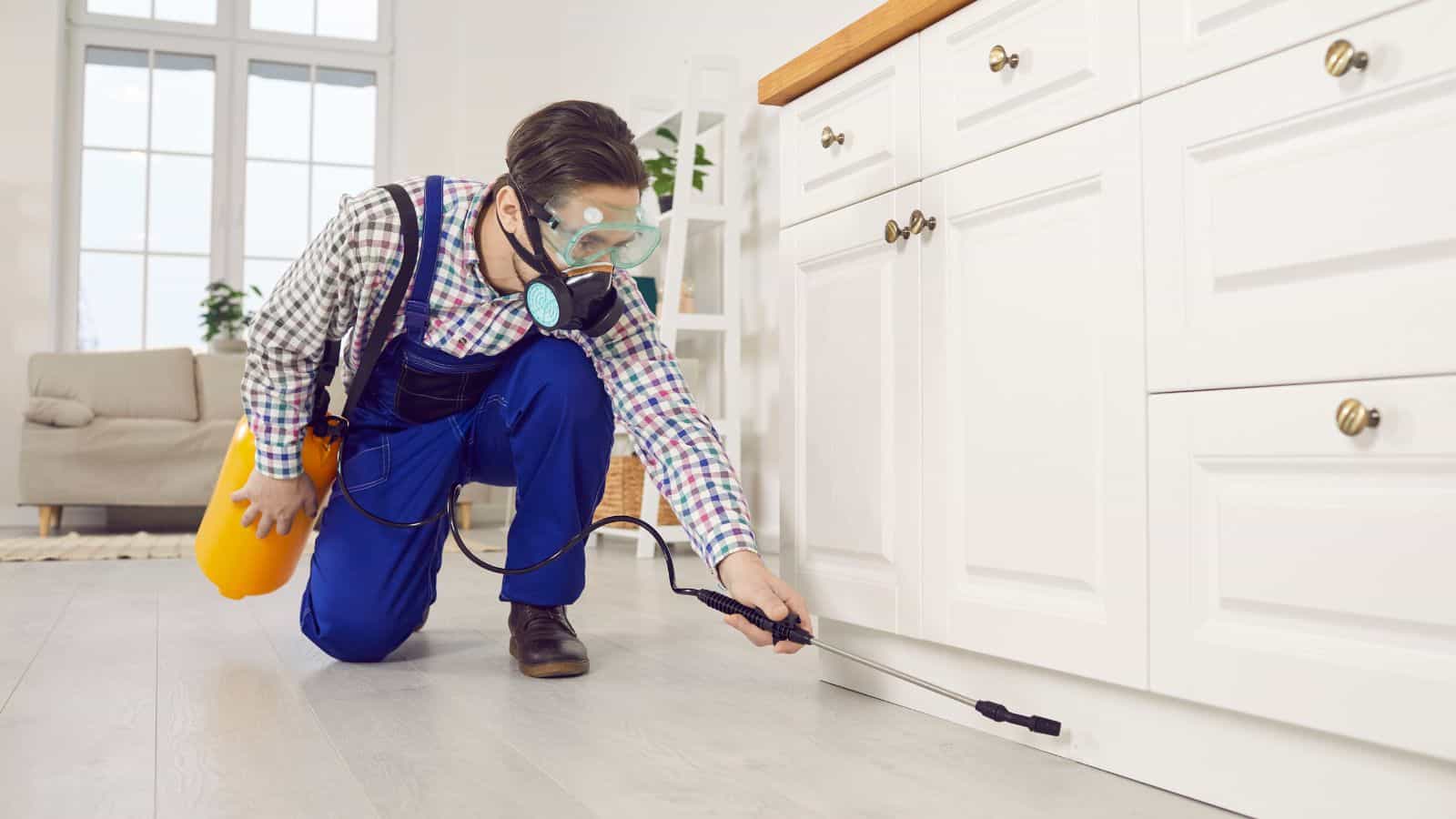
We learn from America’s EPA that pesticides contain hazardous air pollutants (HAPs) and VOCs. Pesticides are highly concentrated pollutants that don’t just affect you indoors but can also cause damage to whole neighborhoods and communities. Long exposure to some can lead to vomiting, diarrhea, muscle spasms, cancer, and even death.
Tobacco Smoke
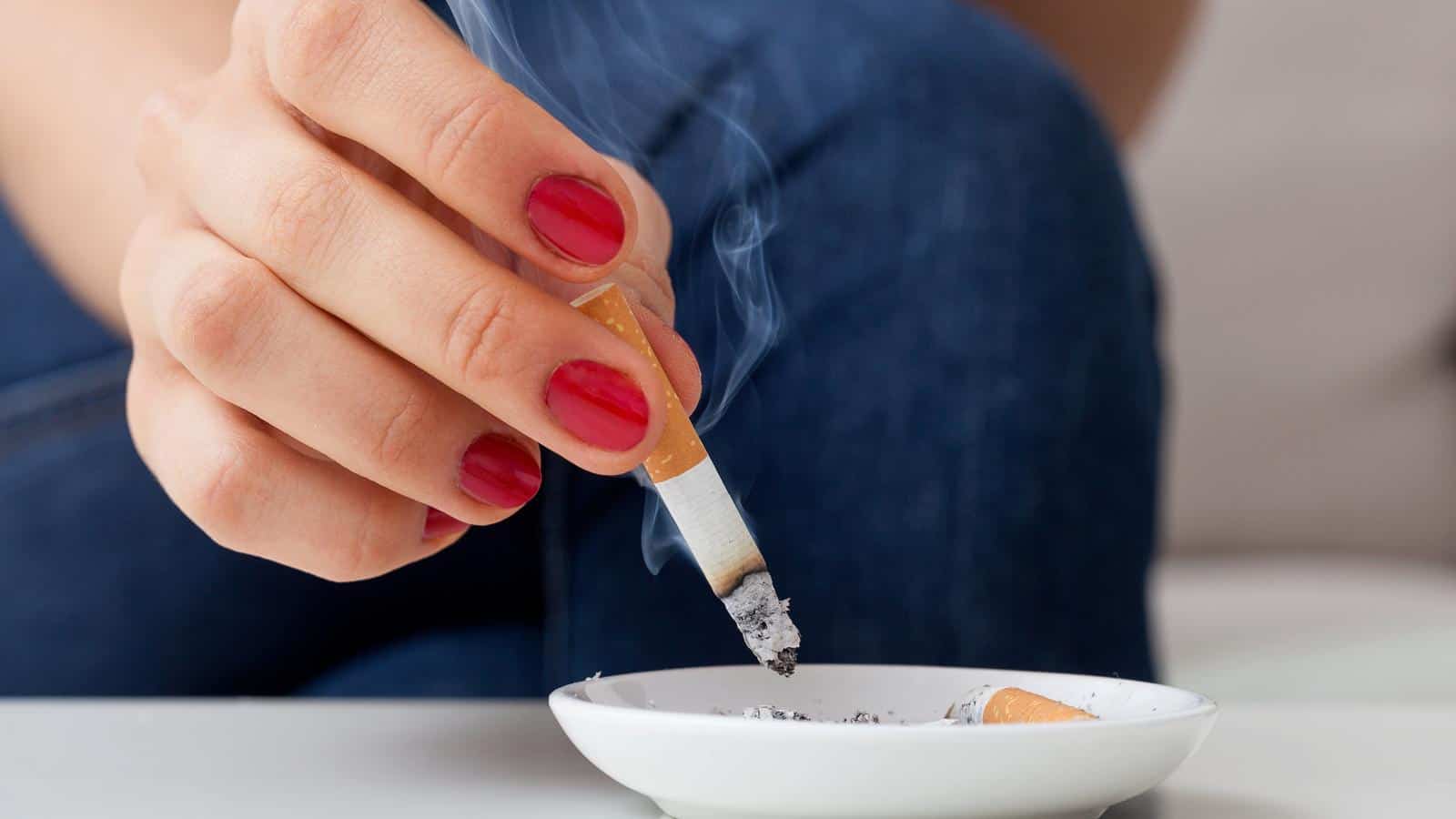
You don’t need to smoke tobacco to be affected by it, as second-hand exposure to its smoke poses health risks, especially to children and pets. Tobacco smoke contains a high concentration of harmful fine particle matter, chemicals, and carcinogens that settle on furniture or linger in the air for up to four hours.
Household Cleaning Products
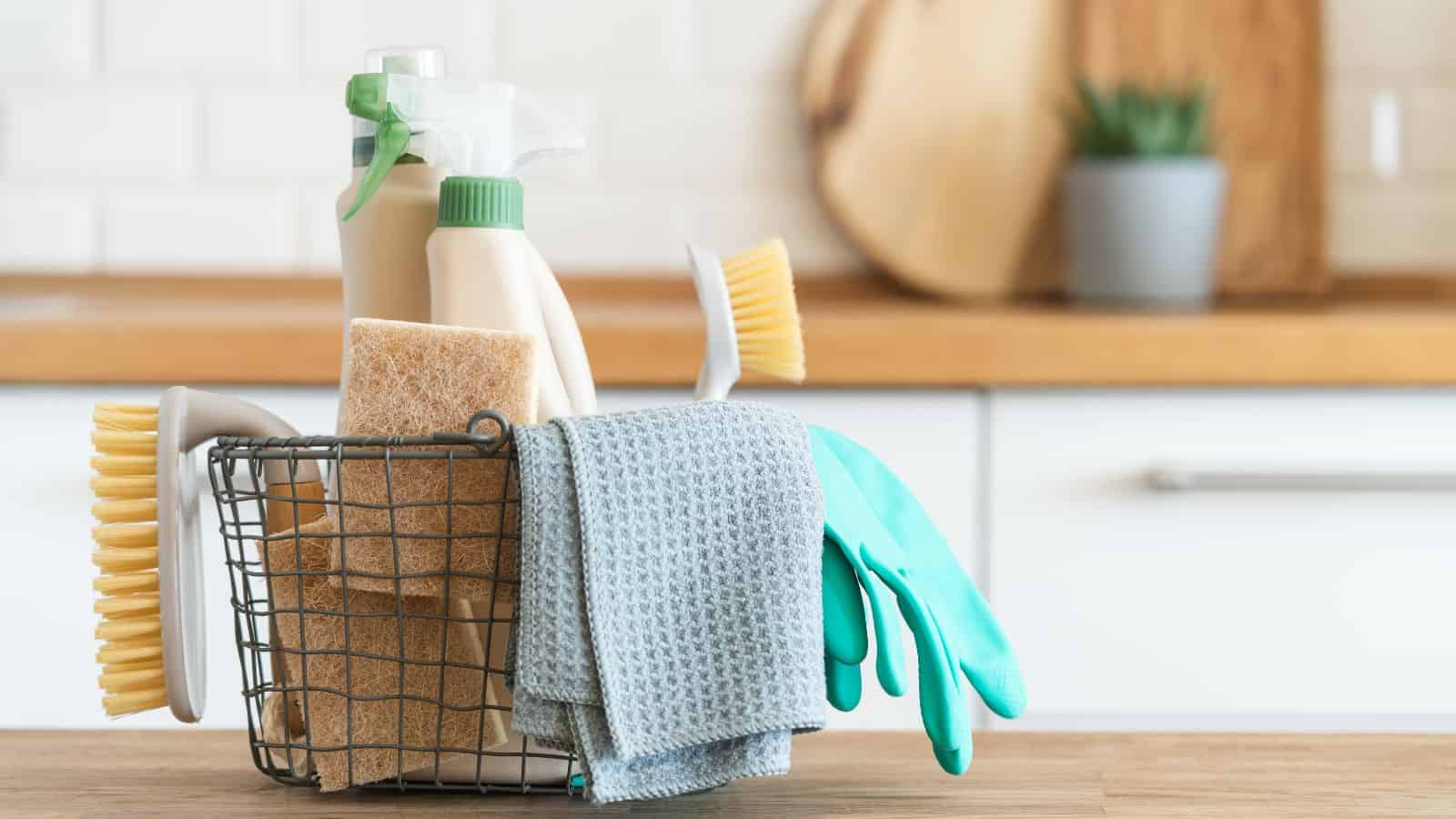
Many cleaning, sanitizing, and disinfecting products we use at home contain volatile organic compounds (VOCs) that evaporate into the air and cause problems like headaches, respiratory issues, and eye irritation. Fragranced products additionally contain phthalates, which are associated with hormonal disruptions.
Pet Dander

Even our lovely pets at home can seriously deplete indoor air quality because of the dander they release. Dander refers to the tiny particles of skin shed by pets that settle on carpets, upholstery, and bedding—the very particles that make someone allergic to dogs or cats.
Cooking and Cooking Appliances

Gas stoves release carbon monoxide and nitrogen dioxide into the air, causing pollution 400% higher than when you use electric stoves to cook. While odorless and colorless carbon monoxide inhibits oxygen intake, nitrogen dioxide can damage our respiratory tract and cause existing respiratory problems.
Air Fresheners

As the The WP shares, “whether it’s an aerosol bottle, plug-in, oil, scented candle, or gel, if a product promises to clear smells, chances are it harbors toxins that pollute indoor air quality.” The chemicals in deodorizers used to generate fragrances are VOCs that could worsen asthma and other respiratory issues.
New Furniture and Carpets
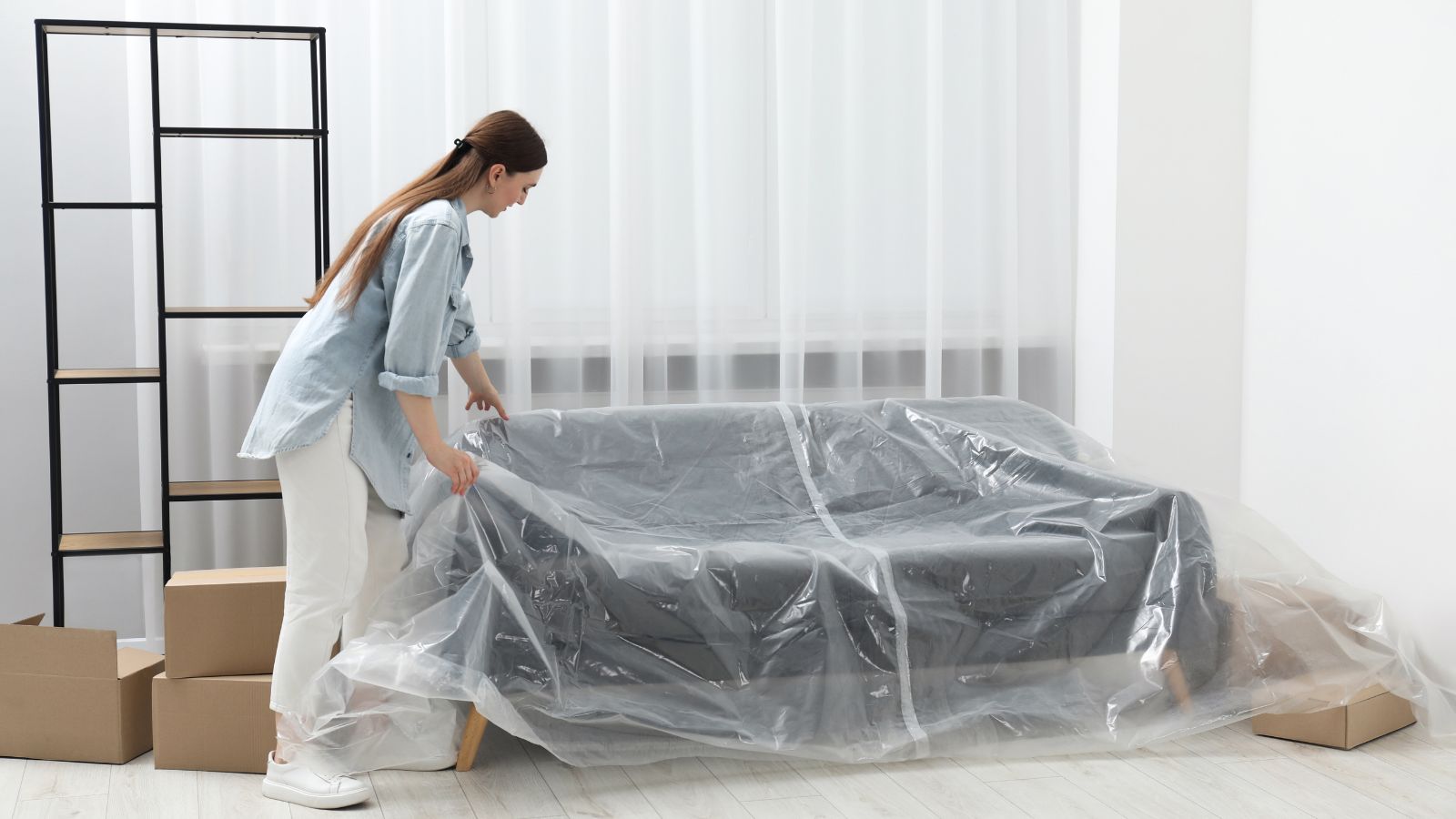
When you’re buying new carpets or furniture, you have to make sure they aren’t produced using harmful chemicals like formaldehyde. Formaldehyde is a known irritant to our skin and respiratory tract that could cause dizziness and burns. Emissions from carpets and furniture could last for months after your purchase.
Paints and Solvents
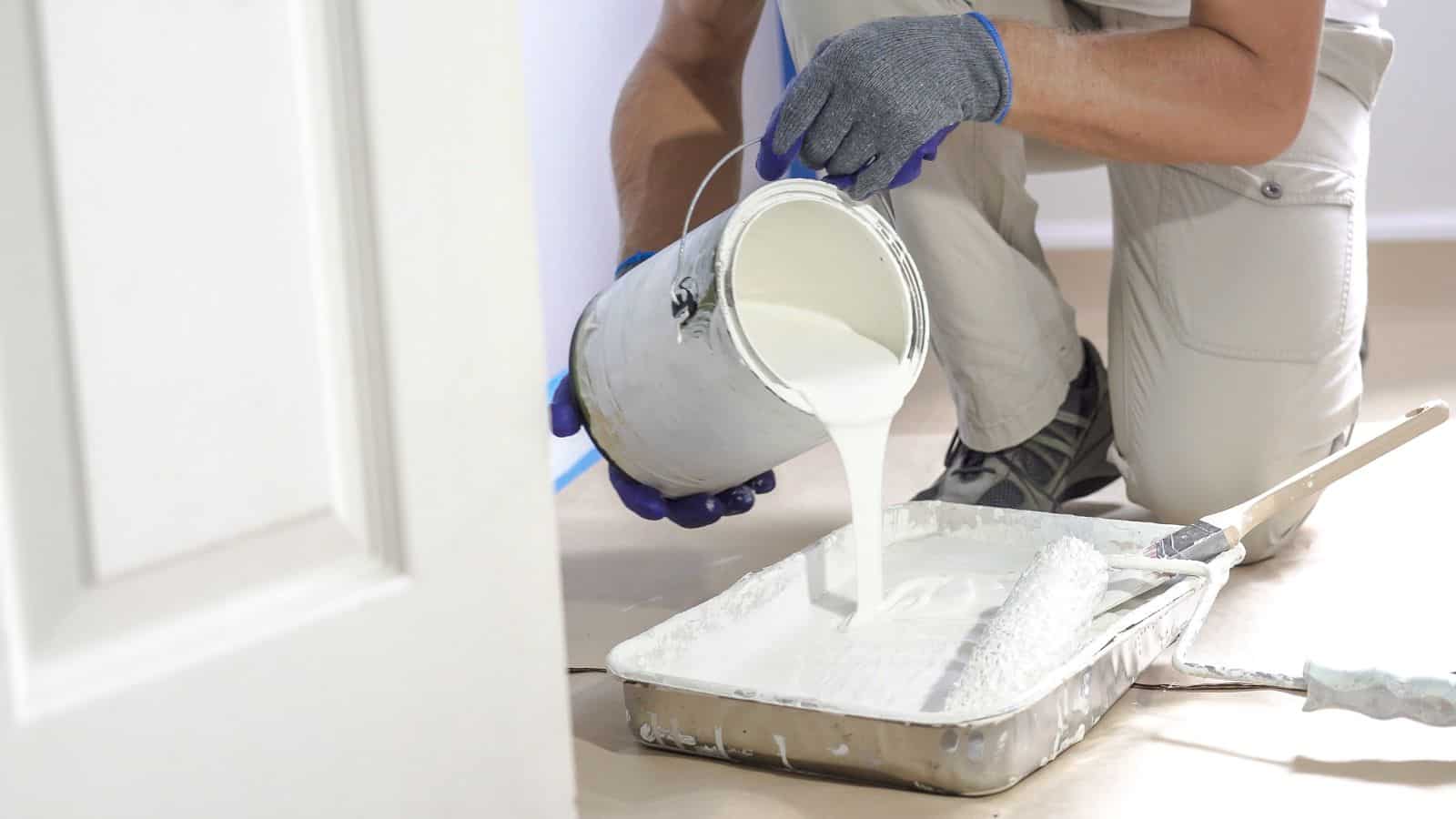
Paints are also popular vectors for VOCs like formaldehyde and benzene, which are released into the air as they dry up. These can cause headaches, nausea, and dizziness almost immediately after inhalation, and a lack of ventilation worsens exposure. Thankfully, low—and zero-VOC alternatives exist, so you should go for them.
Personal Care Products
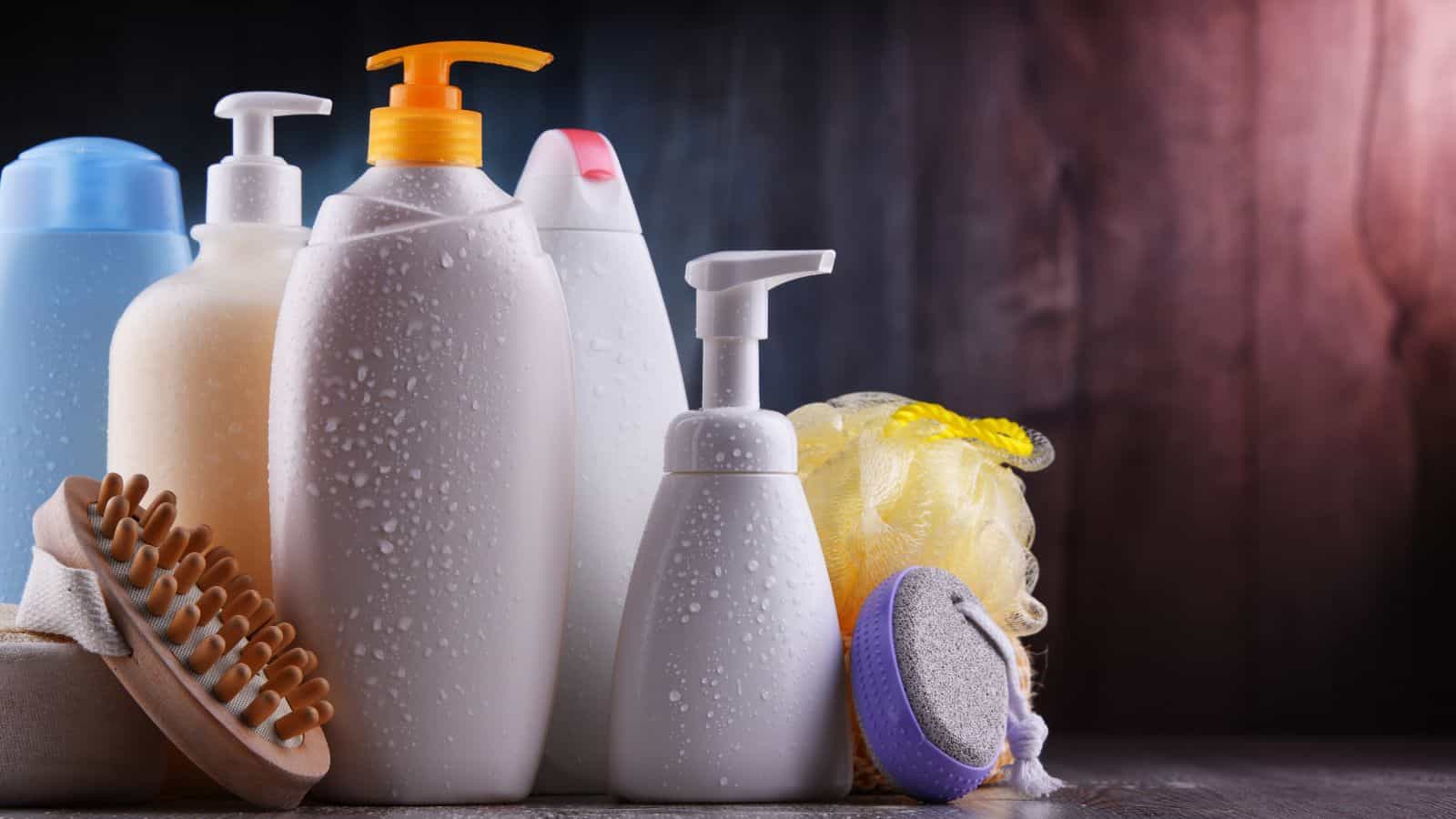
While fragrances from them are primary concerns, an NIH paper explains how personal care products (PCPs) also release biologically active and inactive ingredients into the air. If you’d like to protect the atmosphere and your own health, it’s best to use natural, fragrance-free products.
Dust
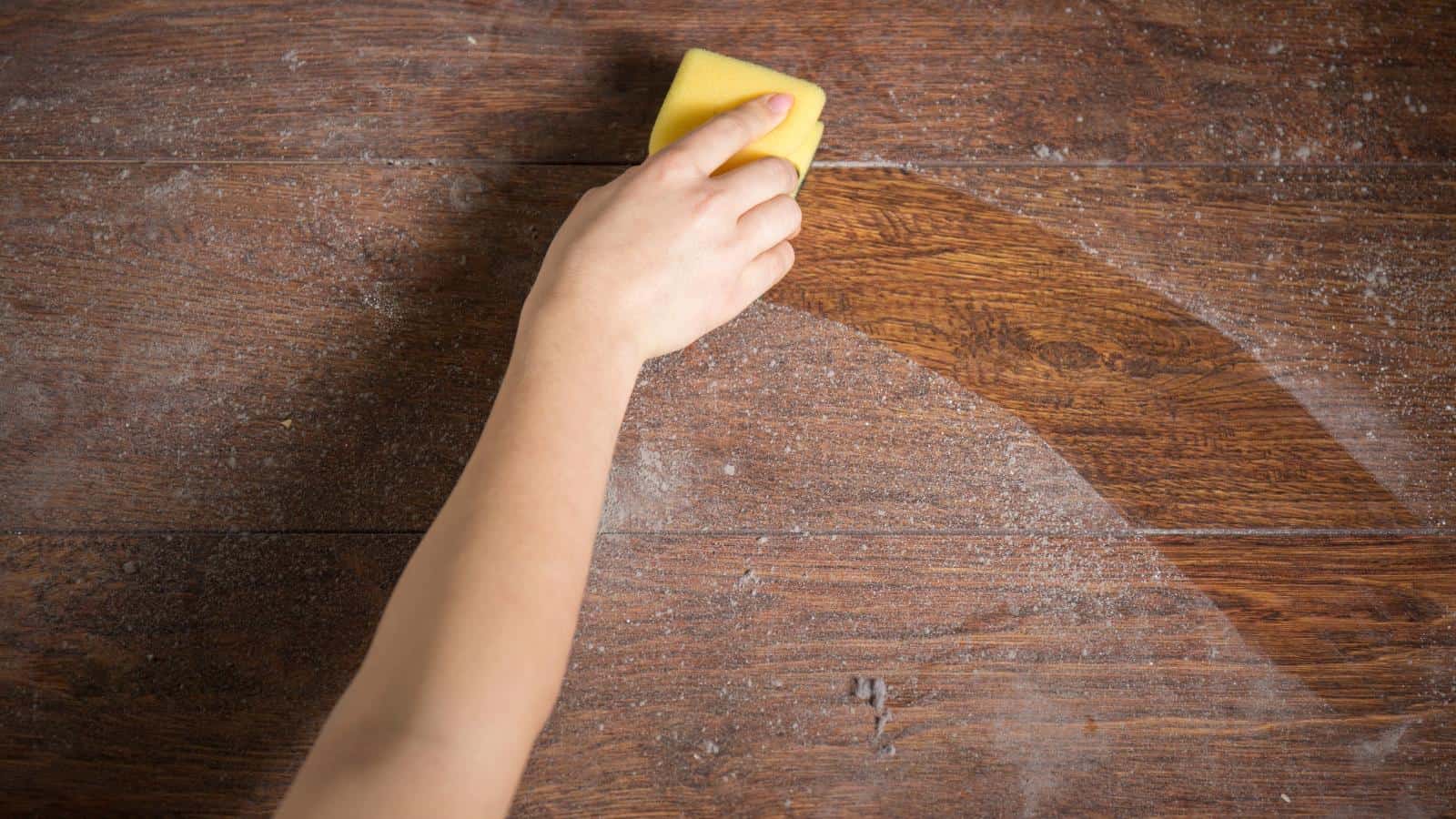
It isn’t the dust itself we have to worry about, but the dust mites they harbor. Dust mites are tiny, insect-like pests that accumulate in carpets, bedding, upholstered furniture, and even HVAC filters, causing allergic reactions and possibly triggering asthma. One excellent way to control them is to always use HEPA filters in your home.
HVAC Systems
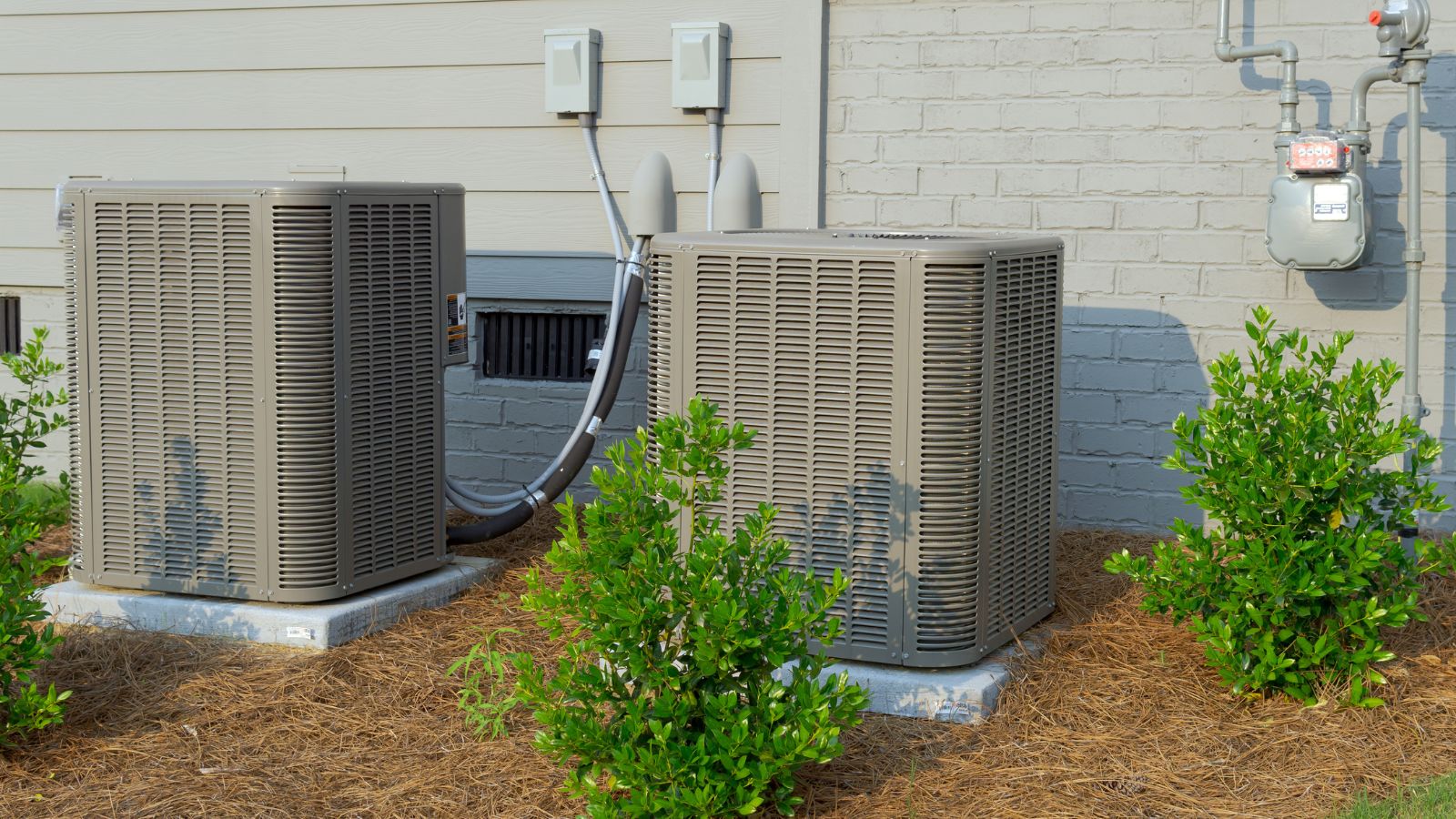
Sometimes, even HVAC systems with the preferred HEPA filters cause indoor air quality to derail, and this happens when they are not maintained well. HVAC systems harbor bacteria and viruses when they’re not cleaned regularly, and they also circulate harmful substances like dust and mold while they work.
Fireplaces

According to the Guardian, fireplaces and any apparatus used to burn wood to stay warm indoors are also significant sources of indoor air pollution. By using them, you release tiny wood particles into the air, which are particularly harmful to older and younger people.
Radon Gas
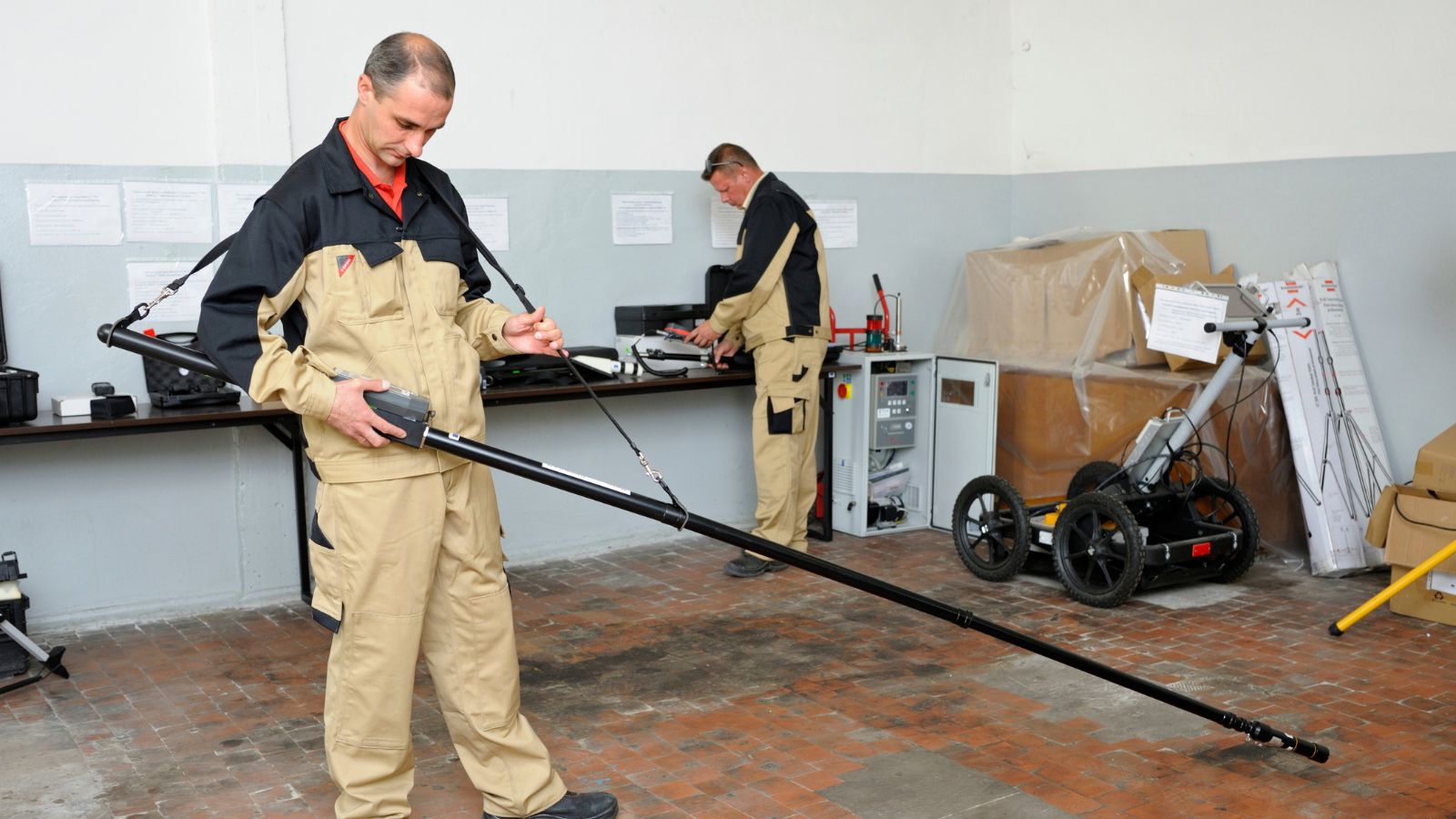
Randon is a naturally occurring radioactive gas that the WHO tells us is found in high concentrations in homes and workplaces. It typically seeps into the home through its foundation, especially homes built over uranium. Radon gas is one of the leading causes of lung cancer.
Candles and Incense

Candles, especially those with lead wicks, can also release lead into the air at levels the EPA recommends against. Incense smoke, when inhaled, is known to cause respiratory dysfunction by polluting the airways with particulate matter, harmful gases, and other organic compounds.
Building Materials and Insulation

When we talk about building materials, the most dangerous are asbestos and fiber glass, which release harmful fumes and tiny particles into the air. Some wood materials also contain formaldehyde, while adhesives, solvents, and mastics could emit VOCs at dangerous levels.
Construction and Renovation Activities
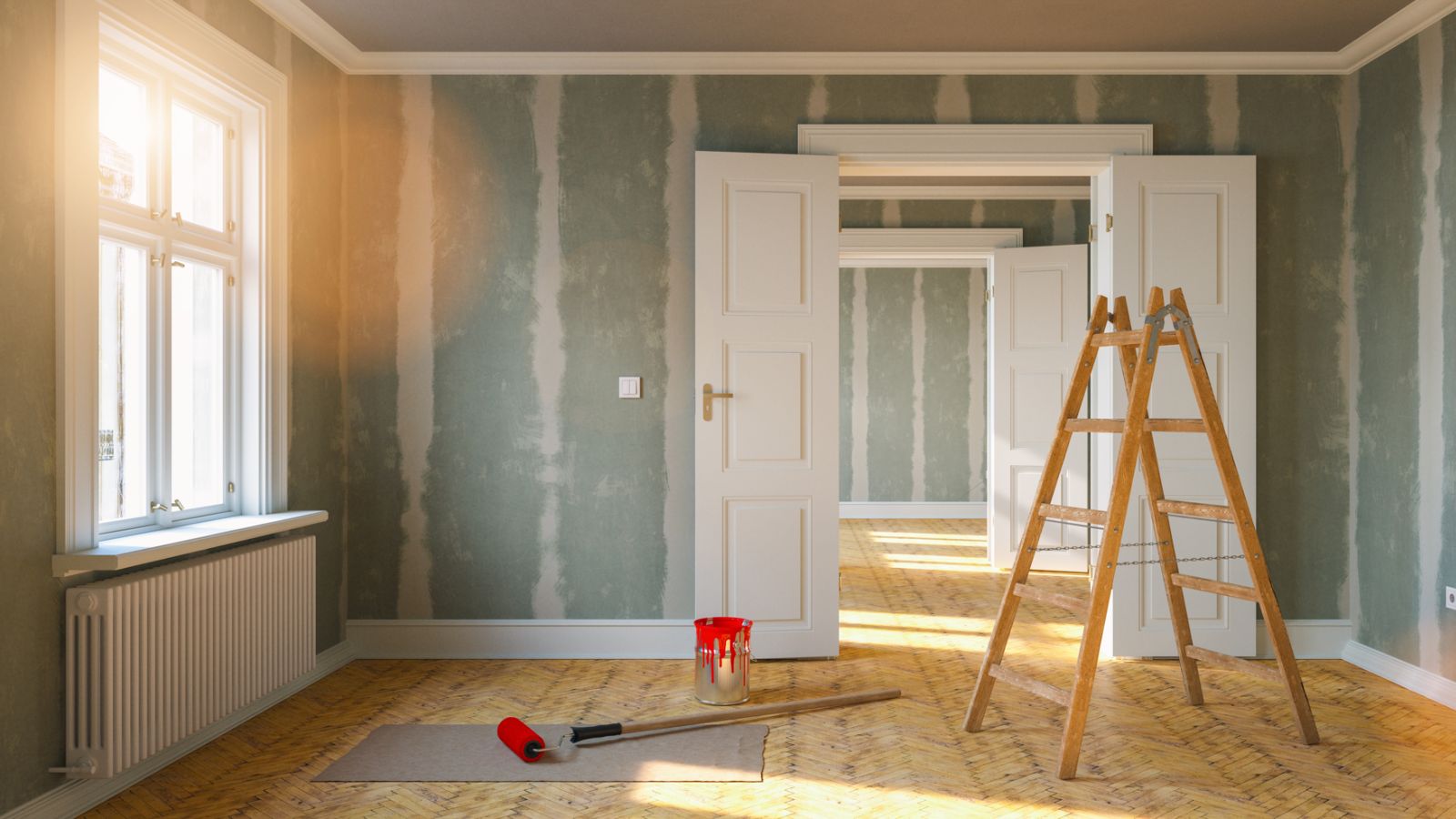
Now, separate from the construction materials themselves, there are other things you come in contact with during demolition or rebuilding operations. Disruptions caused by construction work expose us to irritants and harmful materials like mold, lead, and even bird waste, increasing particles in the air by over 20%.
Up Next: 17 Phrases Older People Use That No One Else Gets

Each and every generation has its own phrases and sayings that separate it from the rest, and the boomers certainly have plenty. Discover 17 popular boomer phrases that aren’t often used today and what they mean. Maybe you’ll want to bring some of them back!
17 Phrases Older People Use That No One Else Gets
People Who Don’t Show Empathy Usually Have These 18 Traits

The world would be a better place if everyone had a little more empathy. But sadly, in reality, some people show much less empathy than we’d like. Here are 18 traits of people who don’t show empathy.
People Who Don’t Show Empathy Usually Have These 18 Traits
The 17 Unhappiest States in America

The US has hit an all-time low position in the World Happiness Index, tumbling to 23rd in 2024. However, it’s important to remember that location is an important factor; many US states are very happy, unlike the following 17 US states that appear to be the most unhappy.

